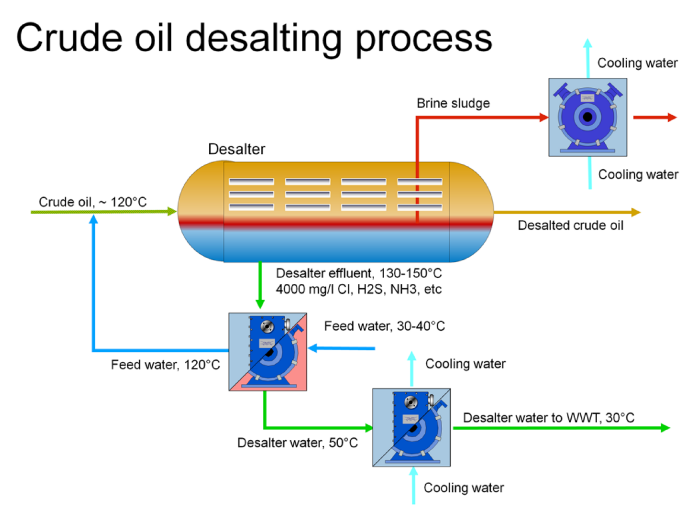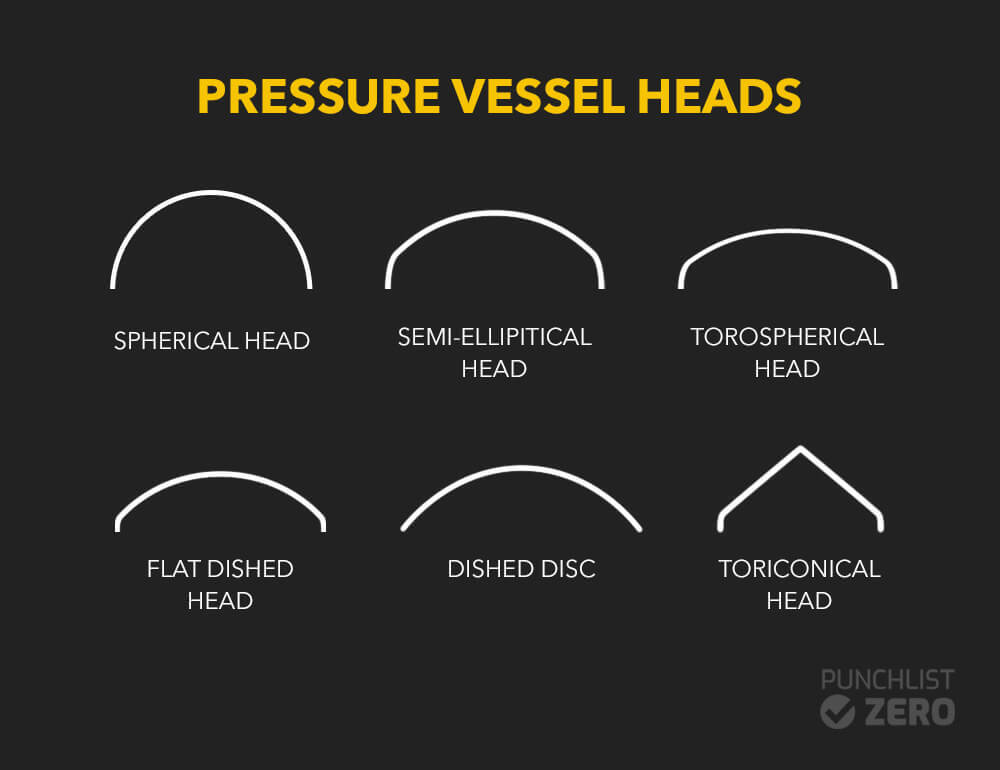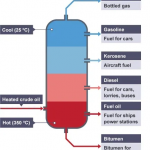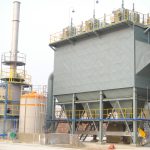Desalters are crucial in the processing of crude oil. Typically, they are the first step in processing crude oil by removing salt and dissolving it into water. In this article, you will learn about desalter design, the fabrication process, applications, and repair and maintenance considerations.
Desalter Design
Unfiltered crude oil typically comes with some amounts of water, corrosive products, salts, and other products that must be filtered out for the production of different crude oil products. When crude oil is extracted from reservoirs it mixes with water, gases, and salts. In preparation for transportation or pre-treatment, crude oil desalters filter any materials that may be corrosive to transportation, pipelines, tankers, or other means of transport. Desalters are crucial to filter out a large number of secondary products found in crude oil.

Initially, wash water and crude oil pass through a mixing valve before entering the main vessel. As desalters mix wash water with crude oil, the main assembly of a desalter is large tank. Wash water disperses as small droplets and mixes with the crude oil inside the tank. The droplets pick up on impurities and water-soluble contaminants within the crude oil such as salt. These droplets separate through a process known as electrostatic coalescence.
Electrostatic Gradient
AC/DC fields utilize the electrostatic gradient within a desalter in combination with the fluid movement to promote coalescence. AC fields in a desalter are weaker and coalesce droplets in the initially portions of a desalter. Once gravity and the AC field have done their part, the stronger DC field forces the smaller remaining droplets to join together. Desalters my come as AC, DC, dual polarity, or mechanical. Depending on the effectiveness of the desalter, some applications utilize multiple desalters in series to ensure proper filtration while some utilize a single dual polarity mixer.
Mechanical desalters do not utilize the electrostatic fields and utilize mixing and demulsifying chemicals to desalt the crude product. Typically, mechanical desalters are far less effective than electrostatic treaters and must be used in series. Demulsifying chemicals reduce the amount of oil trapped in the water. Because of the highly corrosive nature of the mix, desalter internals possess high corrosion resistance.

Within the desalter tank, an electrical field is forms by lower and upper electrodes, causing water droplets coalesce from the electrical field, as a result the water droplets gain size and separate from the oil. To do so, electrode assembly has a ground and runs power through a transformer. The electrodes are level during assembly to ensure uniform voltage across the two and maintain proper operations. At the top of a desalter, oil collects by an outlet nozzle while brine, water, and other contaminants filter out of the bottom.

Desalter Fabrication
Desalter fabrication follows the same process for that of a pressure vessel at a much larger scale. Desalters fabrication starts with inner and outer steel shells. Steel shells are welded in order to create the enclosed portion of a desalter and are done so with inlet, outlet, and electrode placement in mind. The fabrication process also involves the selection of the vessel’s head shape. Most desalters use a semi-elliptical head shape. Nozzles are sized according to function and processing requirements. A desalter is a pressure-retaining vessel, thus it must conform to ASME fabrication requirements and be built by a “code shop”.

The desalter vessels are tested once fabrication work is complete. Pressure tests ensure safe field operation. Internal coatings prevent corrosion on the main assembly of a desalter. Thermal coatings reduce the effects of heat.
Desalter Applications

Desalters are the crucial first step in the processing of crude oil products. Found at distilleries and other crude oil plants, desalters remove suspended contaminants like dirt, rust, and salts from crude oil. Within a desalter, crude oil mixes with water after a heat cycle to dilute the contaminants. Once the dilute mix reaches the end of the heat cycle, the mixture settles. Desalters utilize magnetism to force water separation and chemicals to speed the process. In some applications, multiple stages of desalting occur if deemed necessary. The amount of salt and other contaminants in a batch of crude oil is usually measured in PTB (Pounds Per Thousand Barrels). A batch that runs through the desalter process must reach standard PTB to move on to the next stage of processing.
Maintenance
During normal operation, desalters must remove the specified amount of salt and contaminants from a crude oil mix. Several factors affect the efficiency at which a desalter will operate. Most operations use instrumentation and as a result, must be monitored and gauged closely to ensure proper operation for the duration of a desalters’ life span.

Similarly, ensuring proper emulsion at the inlet of a desalter and watching for corrosion inside the tanks are crucial to correct function. Monitoring for any leaks at outlet valves also ensures proper operation and prevents any build ups or blockages from forming. Keeping a desalter maintained and monitored ensures maximum output of desalted crude oil.
If a desalter requires physical repair to its structures, repair must occur according to the ASME “R-stamp” process and by a qualified “code shop”.



